The protagonist’s objective—or motivation—is the engine of any good story. The choices she makes in pursuit of her core desires are what drive the plot and keep readers invested. The obstacles, antagonists, and foils get their power from the main character’s motivation: if she’s desperately pursuing a goal, then every obstacle feels dire. If she’s lukewarm on her goals, then she doesn’t get too worked up when something slows her down and, as a result, nether do readers.
But great character motivation isn’t one-dimensional. There are two types of motivations—or objectives—that writers have to keep in mind as they’re plotting their novels: internal and external.
Internal Character Motivation
Internal motivation is the protagonist’s intangible, deep-seated desire—what she believes (rightly or wrongly) that she needs in order to be fulfilled. Here are some examples:
Elle Woods (Legally Blonde) wants the perfect boyfriend.
Katniss Everdeen (Hunger Games) wants to keep her family safe.
Jo March (Little Women) wants to rise above the expectations and limitations of her gender.
Stereotypical Barbie (Barbie) wants life to be perfect and never changing.
These internal motivations are the abstract or intangible desires that dictate the choices a character makes and the way she moves through the world. These desires—love, family, safety, independence, perfection, revenge, etc.—are generally fairly universal and relatable, helping readers become invested in and empathetic to the protagonist’s journey.
External Character Motivation
External motivation is how the character’s inner drive manifests in real life. It refers to the choices she makes in pursuit of fulfillment. When I studied theater, we talked about external motivations as the tactics a character employed in order to achieve an objective. (She did ________ in order to _______.)
Using the same characters as before, here are some examples of external motivations:
Elle Woods applies to Harvard.
Katniss Everdeen volunteers as tribute. (Before that, she hunts, barters, and steals to keep her family fed.)
Jo March writes stories in which women are limitless. Then she turns down Laurie’s proposal.
Barbie goes to the real world to mend the rift and avoid cellulite.
Readers may not relate to these choices the characters make, but when they’re driven by deep-seated, universal, internal desires, the audience will be inclined to get on board.
External motivation in action.
Barbie is heading off to reality to restore the membrane in order to stay perfect and avoid change (and cellulite).
Putting it All Together
The journey won’t be smooth—that’s what makes it interesting. Obstacles to a character’s external objectives will thwart her pursuit of her internal objective (When Elle gets to Harvard, she learns Warner is engaged to Vivian). Or, blinded by her limiting beliefs, she’ll pursue the wrong external objective altogether, fumbling relationships or opportunities in the process. She may even come to the end of the journey and realize her internal motivation was off-base all along (Barbie didn’t want changeless perfection—she wanted to be human).
However the journey looks—however the road twists and turns—a character shoes every decision (external motivation) is driven by an unshakable search for fulfillment (internal motivation) is one readers will be ready to root for.
Working on developing your own bingeworthy characters?
Check out my workbook, The Indie Author’s Guide to Creating Captivating Characters.

